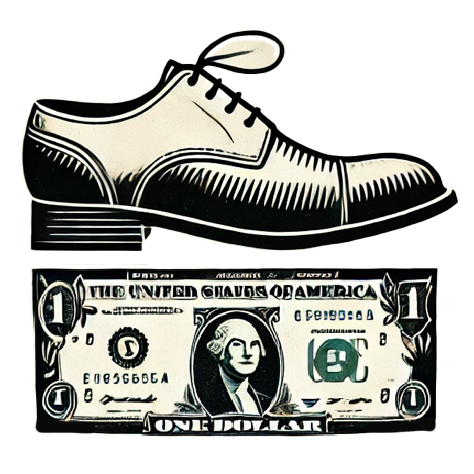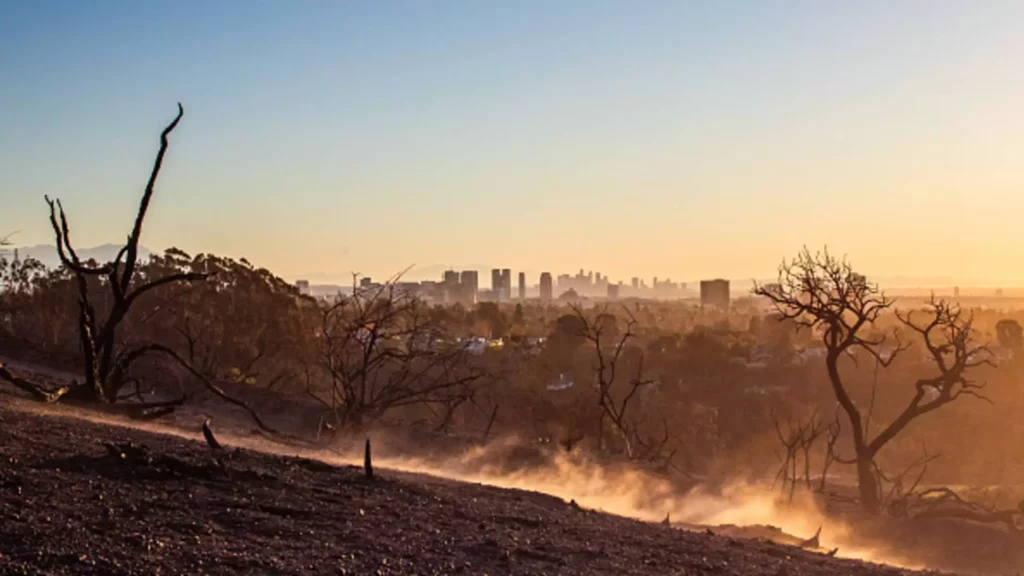In recent years, a dramatic shift has taken place in the landscape of homeowners insurance, particularly in regions vulnerable to natural disasters. The wildfires in California have not only highlighted the severity of climate-related calamities but have also set the stage for a significant increase in insurance premiums. Analysts predict that the aftermath of the most recent wildfires could culminate in the most substantial insured losses in U.S. history, potentially exceeding $20 billion. This financial burden, coupled with longer-standing trends, poses serious implications for homeowners and the insurance industry alike.
The trend of increasing insurance premiums began long before this year’s catastrophic wildfires in Los Angeles. Residents of California have experienced the ramifications of climate change firsthand, with both the frequency and intensity of wildfires escalating at an alarming rate. Experts, including Patrick Douville from Morningstar, have emphasized the urgent need for insurance regulators to adopt risk-based pricing models. Such a shift is likely to result in an unavoidable rise in premiums, exacerbating affordability issues and possibly destabilizing property values.
The California Department of Insurance has already modified regulations to facilitate rate hikes in exchange for improved coverage in high-risk areas. The immediate consequences were staggering, with some insurers raising rates by as much as 34% in March 2024. These developments indicate that homeowners can expect continued volatility in their insurance costs, especially if they file claims for wildfire damage. According to recent data, a single fire claim could increase premiums by nearly 30%, while two claims could push them up by as much as 60%.
While California’s situation may seem extreme, the impact of climate change isn’t confined to the Golden State. Diseases like wildfires and hurricanes are becoming common across the country, raising the question of whether insurance premiums will rise nationwide. Janet Ruiz from the Insurance Information Institute cautions that while individual states regulate insurance rates independently, the broader trends in climate impact might force insurers to balance their losses through higher premiums in less regulated areas.
The disconnect between insurance rates and risk levels is growing increasingly pronounced. In a 2021 study, economists highlighted the flaws in the current regulatory frameworks, pointing out that many insurers operate nationally and will inevitably seek to recover their losses by adjusting rates across the board.
Given this backdrop, many homeowners are left wondering how to navigate this increasingly perilous situation. The consensus among experts is clear: homeowners must take proactive measures to understand their coverage needs. Michael Barrett, an insurance professional in Vermont, notes that clients often inquire if their premiums will rise due to natural disasters, with the unfortunate truth being that they very well could.
Perhaps most critically, it is essential for homeowners to regularly reassess the adequacy of their coverage. The costs associated with rebuilding homes after catastrophic events have surged dramatically, nearly doubling in recent years. Barrett cites that rebuilding costs have skyrocketed from about $166 to $300 per square foot, illustrating the urgent need for updated insurance valuations. Homeowners should partner with trusted insurance agents and contractors to ensure they have the appropriately revised coverage limits.
Another critical area that requires attention is natural disaster-specific insurance against perils like flooding. Standard homeowners insurance policies typically do not cover such risks, necessitating the purchase of separate flood insurance. A report from the Consumer Financial Protection Bureau cautioned that hundreds of thousands of homeowners find themselves underinsured against flooding—an especially salient point in light of increasing flood threats resulting from climate change.
As the frequency of natural disasters climbs and climate concerns continue to shape the future of real estate and insurance, the outlook for homeowners insurance is decidedly bleak. Rising premiums, underinsurance, and the pervasive influence of climate change create a challenging environment for homeowners across the United States. It is crucial for consumers to engage actively with their coverage options and remain vigilant in reassessing their insurance policies.
Ultimately, the lessons from California’s devastating wildfires serve as a sobering reminder: the convergence of nature’s fury and economic repercussions may lead to long-lasting changes in property insurance landscapes. Homeowners across the U.S. must prepare for a future marked by higher insurance costs and an increased responsibility to ensure that they are adequately protected against the elements, if only to weather the storms ahead.

